The Food and Drug Administration (FDA) issues a series of Compliance Policy Guides (CPG) that explain policy on regulatory issues related to the FDA laws or regulations, primarily “Food Safe”. Specific to ceramic products and supplies:
“Food safe” seems to be one of the most confusing concepts for ceramic studios. It can be used differently among manufacturers, which lends to the confusion. There are some dissimilarities in how we ceramic manufacturers use definitions of food safe, dinnerware safe and other safety related information. Following is Mayco’s approach:
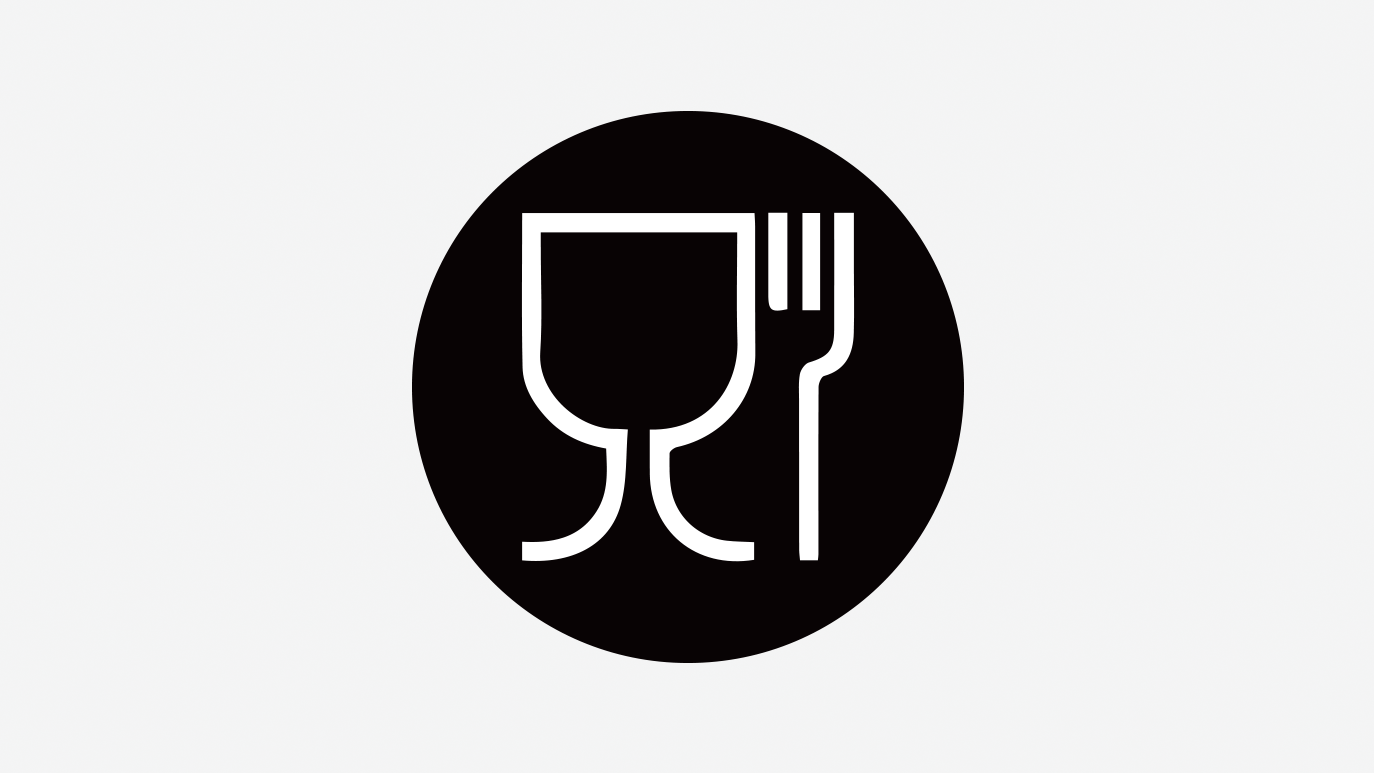
“Food Safe” refers to the glaze in its final, fired state. “Food Safe” is a regulation and is defined by the Compliance Policy Guide, which is maintained by the FDA and only applies to lead and cadmium release. “Food Safe” refers to the glaze in its final, fired state. If a product has a food safe designation, we have conducted testing on the individual glaze (or similar in formulation), which has passed standards for food safety when used according manufacturer’s direction. Finishedware producers bear responsibility for food safe testing their ware being sold into commerce.
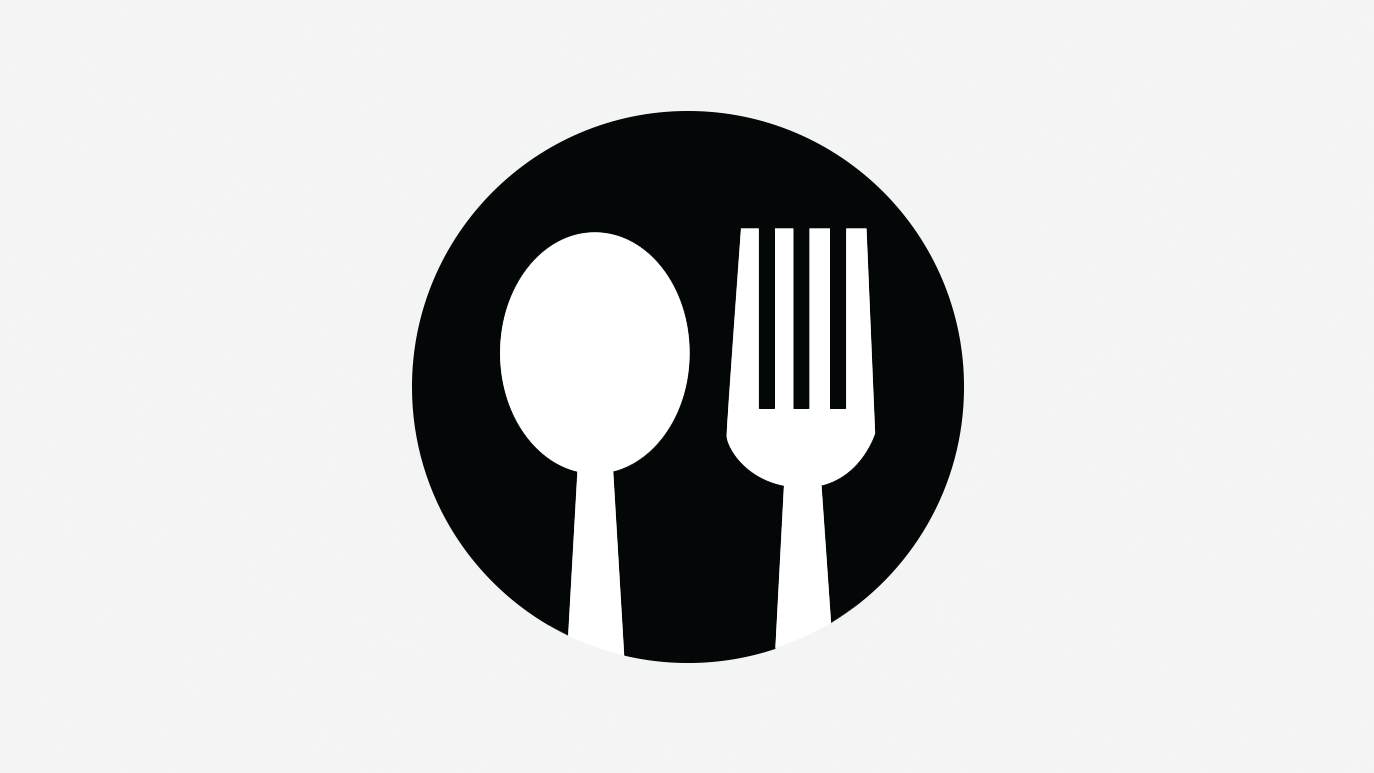
“Dinnerware Safe” indicates the fired glaze surface meets the FDA standards for food safe, the fired surface is free of surface texture that could potentially trap bacterial, and the fired surface is chemically durable. Please note, dinnerware safety is not defined by cutlery scratches. Finishedware producers bear responsibility for dinnerware safe testing their ware being sold into commerce.
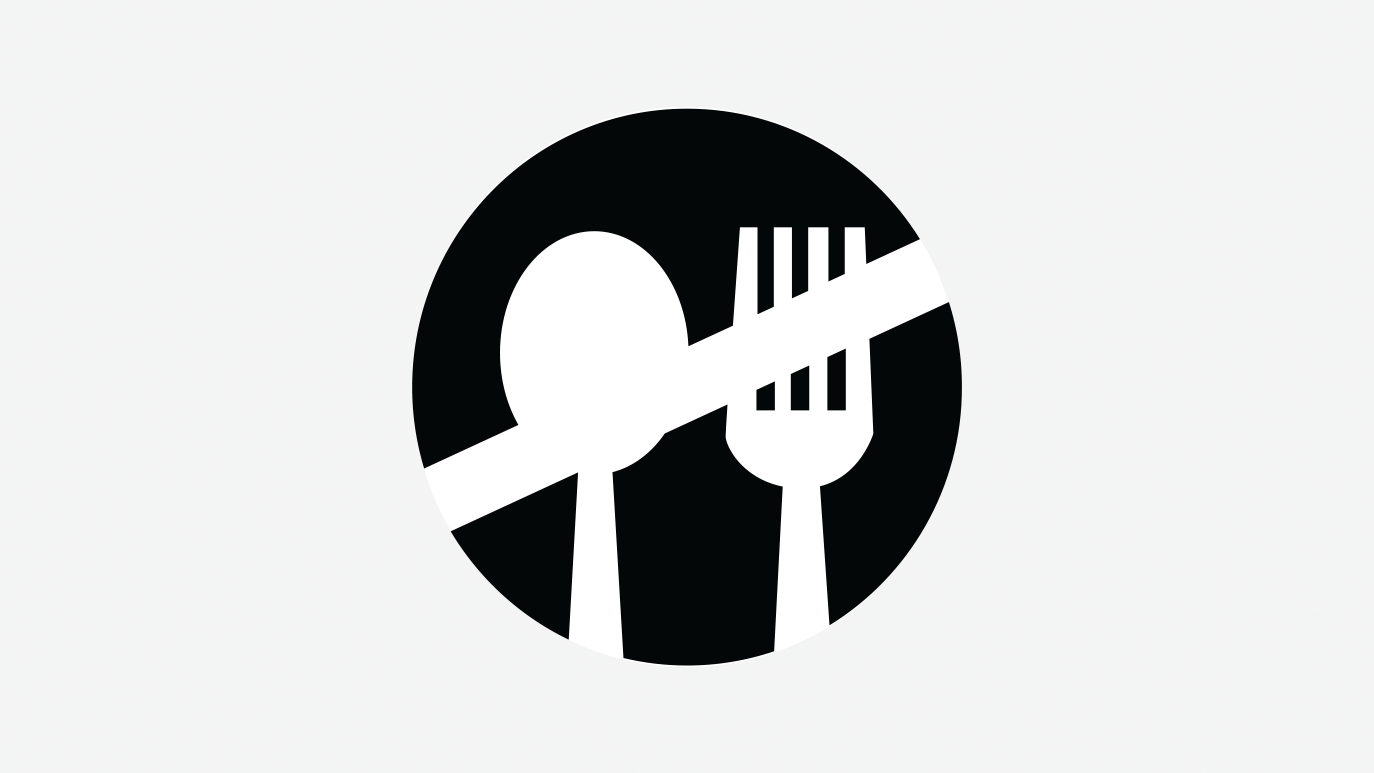
“Not Suitable for Dinnerware due to Surface Durability” indicates the fired glaze surface may not be desirable to use a particular glaze for dinnerware even though it has passed the food safe testing process. Much of this is due to the fired glaze surface being impacted by contact with acidic food or liquids. Adding a clear glaze will not make these glazes dinnerware safe. Please note, dinnerware safety is not defined by cutlery scratches.

“Not Suitable for Dinnerware due to Surface Characteristics” indicates the fired glaze surface. It is a term we use to describe situations (cracks, crevices) where it may not be desirable to use a particular glaze for dinnerware even though it has passed the food safe testing process. Much of this falls under common sense or practicality. Please note, dinnerware safety is not defined by cutlery scratches.
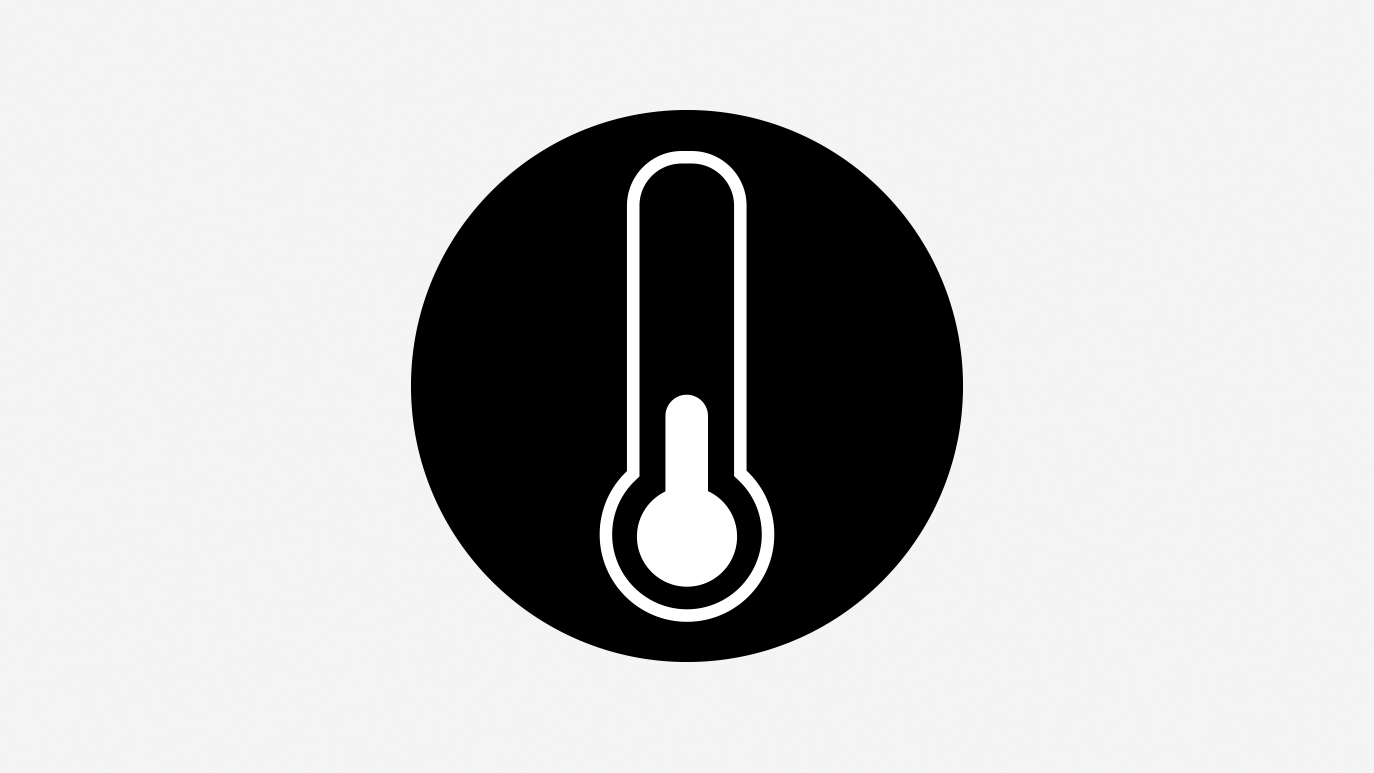
Certain glazes may not be recommended for dinnerware produced from low fire earthenware clay bodies. These glazes can exhibit surface textures such as cracks and crevices. While the glazed surface may pass lead & cadmium leach tests, and therefore technically considered Food Safe, attempts to adequately clean the textured surface may cause the underlying porous ware to absorb water and fail or crack.
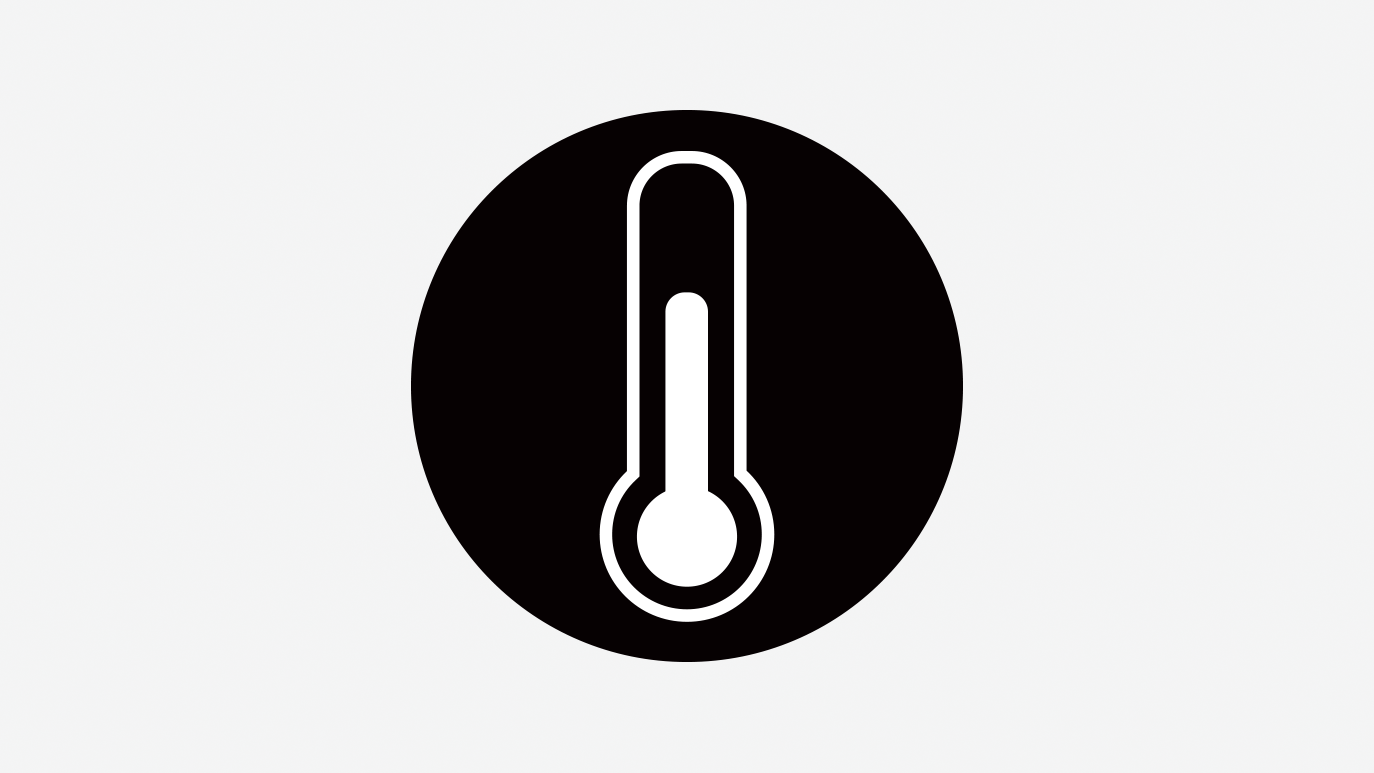
The same textured glazes that are not considered dinnerware safe for earthenware may be dinnerware safe if surface texture is eliminated when firing to higher temperatures. Ware with minor surface characteristics can be considered Dinnerware Safe provided the clay body is vitrified and the ware can be adequately cleaned.
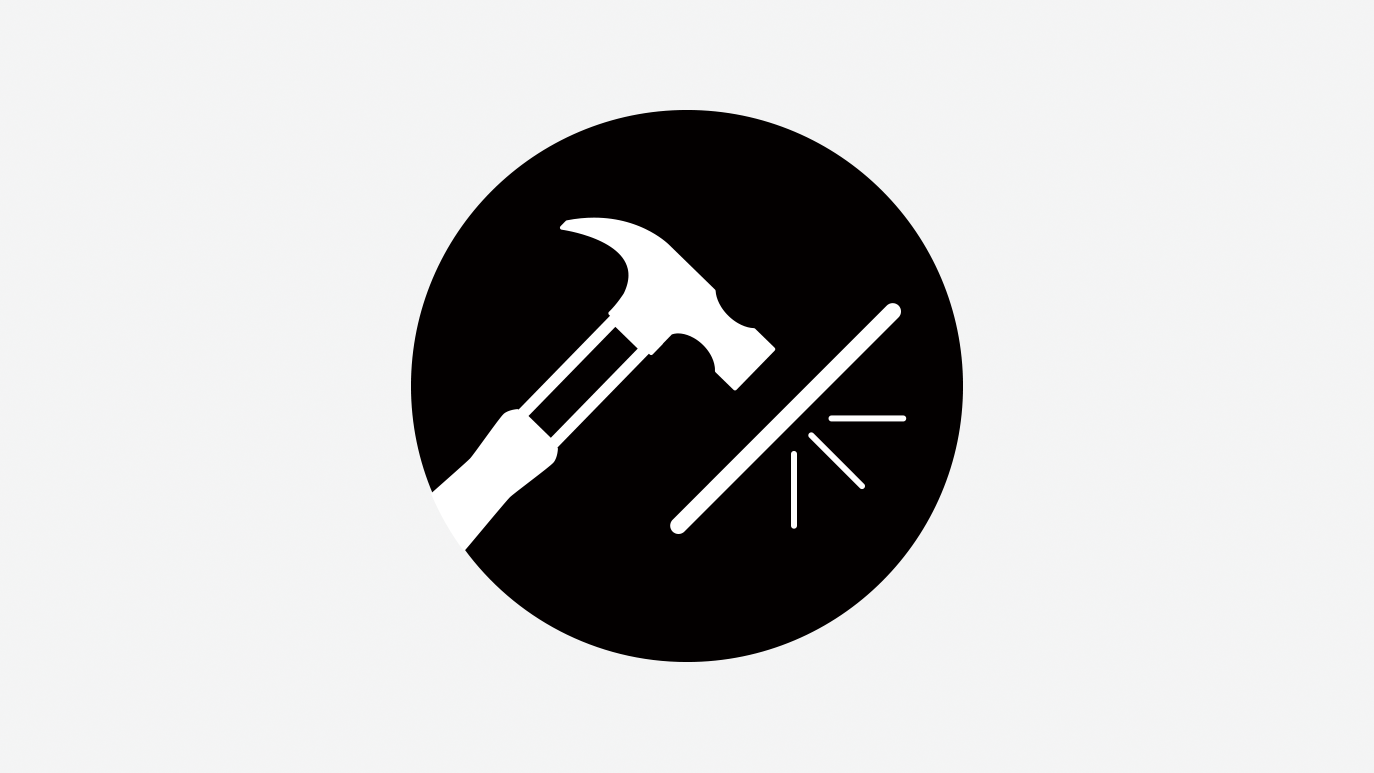
Some glazes, regardless of surface texture or porosity of underlying clay body, will be designated as not suitable for dinnerware as the fired glaze surface is not durable and can be impacted by contact with some food or liquids. While it may not be harmful, it is certainly not desirable. An example would be Stoneware Texture glazes or Cobblestones.
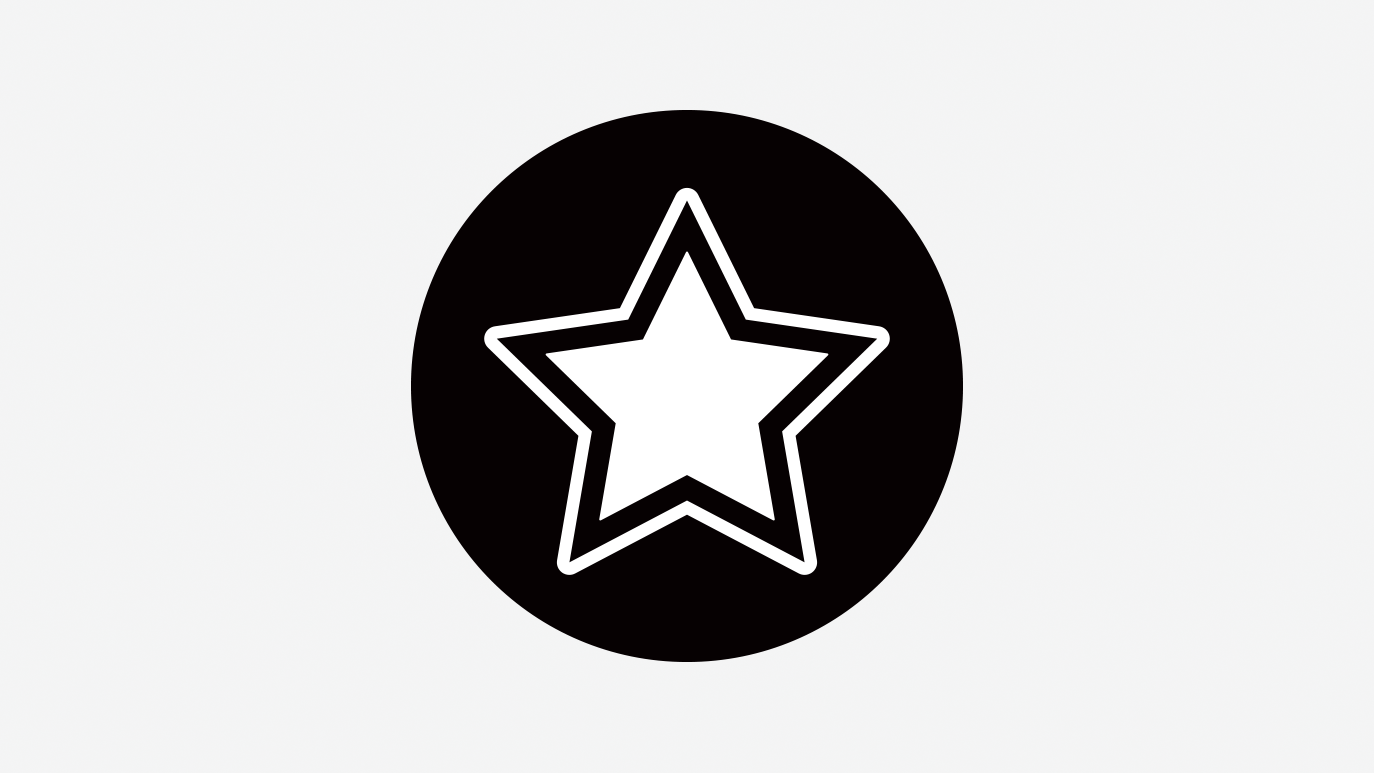
Regardless of the glaze used, ware created in specialty firings such as Raku are not considered suitable for dinnerware as the clay body is porous.
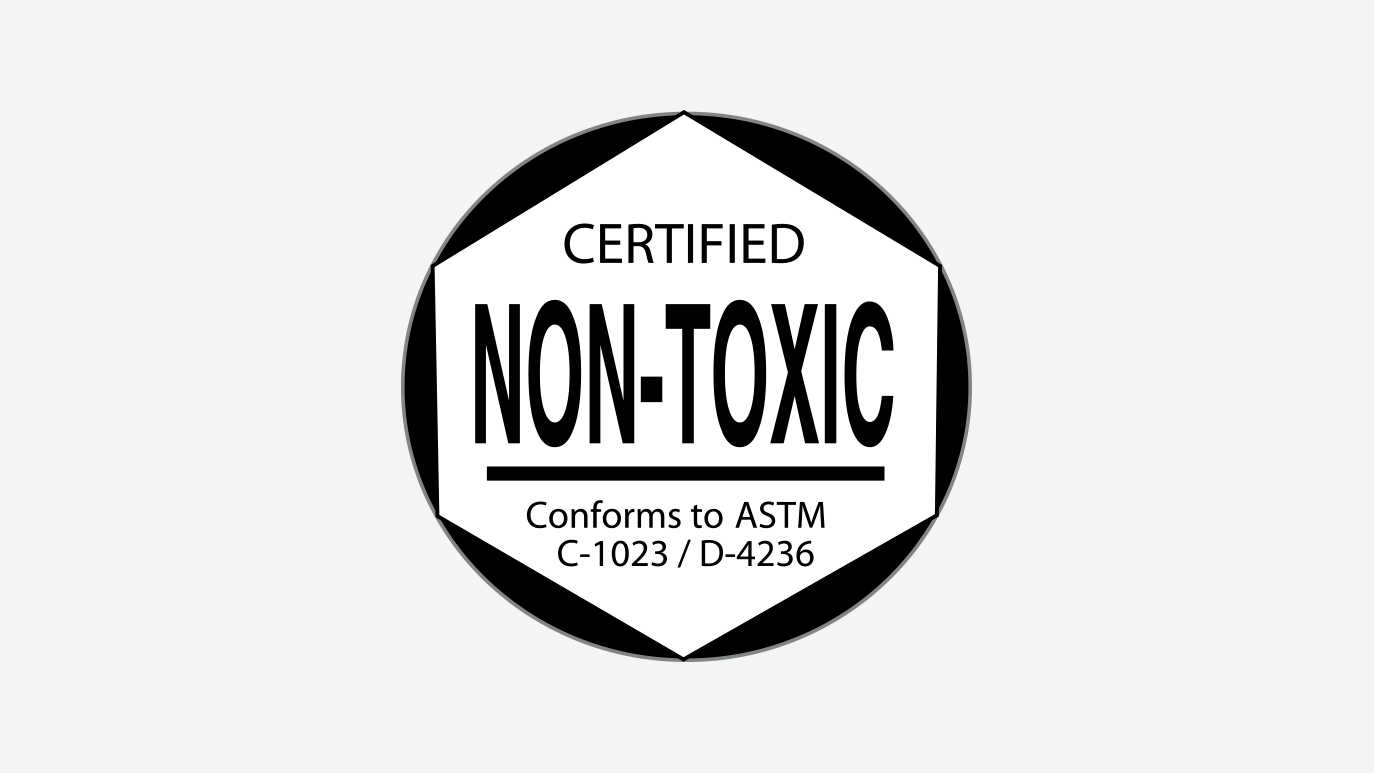
These terms are featured on most of our liquid glaze labels. This statement lets you know that the product has passed toxicological examination and will not cause acute or chronic damage to the human body It has nothing to do with food safety, which is a standard applied to the fired ware.
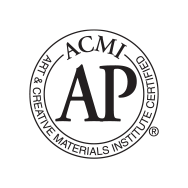
The AP (Approved Product) Seal identifies art materials are certified in a toxicological evaluation by a medical expert to contain no materials in sufficient quantities to be toxic or injurious to humans, including children, or to cause acute or chronic health problems as a wet glaze. Such products are certified by ACMI to be labeled in accordance with the chronic hazard labeling standard, ASTM D 4236, and the U. S. Labeling of Hazardous Art Materials Act (LHAMA).
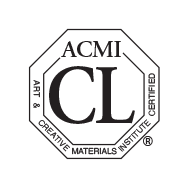
The CL (Cautionary Labeling) Seal identifies products that are certified to be properly labeled in a program of toxicological evaluation by a medical expert for any known health risks and with information on the safe and proper use of these materials as a wet glaze. CL products are NOT suitable for children 12 and under.
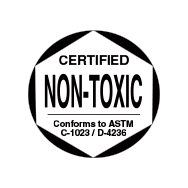
Products bearing the Certified Non-Toxic seal have been reviewed by a toxicologist & deemed to have no health risk associated with the proper use of the product.
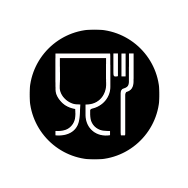
Products bearing the Food Safe icon have been regulation and defined by the Compliance Policy Guide, maintained by the FDA. We have conducted testing on the individual glaze (or similar in formulation), which has passed standards for food safety when used according manufacturer’s direction.
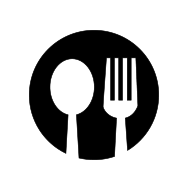
Glazes identified with the Dinnerware Safe icon indicate the fired surface meets the FDA guidelines for food safe and is suitable for use on dinnerware.
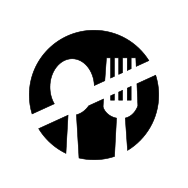
Glazes identified with this version of the Dinnerware Safe icon indicate the fired surface is NOT safe for use on dinnerware.
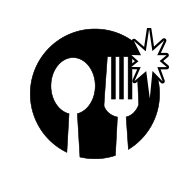
Glazes identified with this version of the Dinnerware Safe icon indicate the fired surface is safe for use on dinnerware after a clear glaze or other dinnerware safe glaze is applied and fired.
The application of a glaze, the environmental conditions in a kiln or studio, the materials used to make a clay body or slip can introduce contaminants that can make their way into the fired glaze surface. If you use a “food safe” glaze on products intended for food usage and that you intend to resell, you may be required to provide test results to your customers. Please consult the Consumer Product & Safety Guide prepared for Small Businesses, Resellers, Crafters and Charities for additional information: http://www.cpsc.gov//PageFiles/113995/cpsiasbguide.pdf
Visit our color pages to find out if the glaze you are using is food or dinnerware safe. Food and dinnerware safety can always be found in the seafoam green box on the color pages. You can also find that information on individual product pages, in our new color brochures or on the label of your product.
Questions? Reach out to our team!